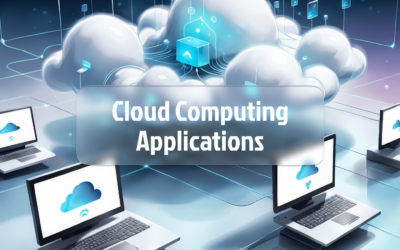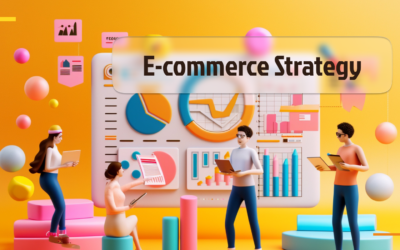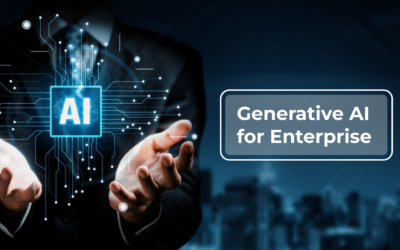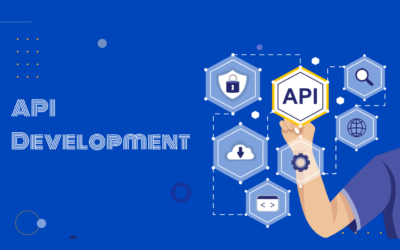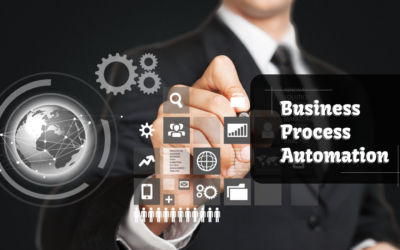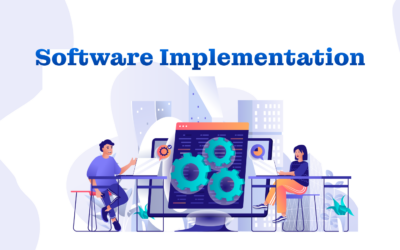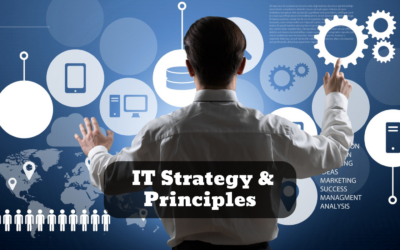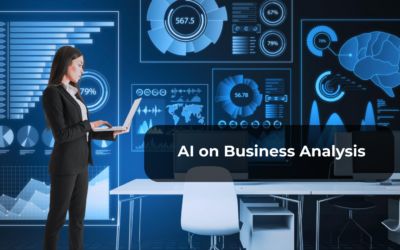Is Artificial Intelligence the Future?
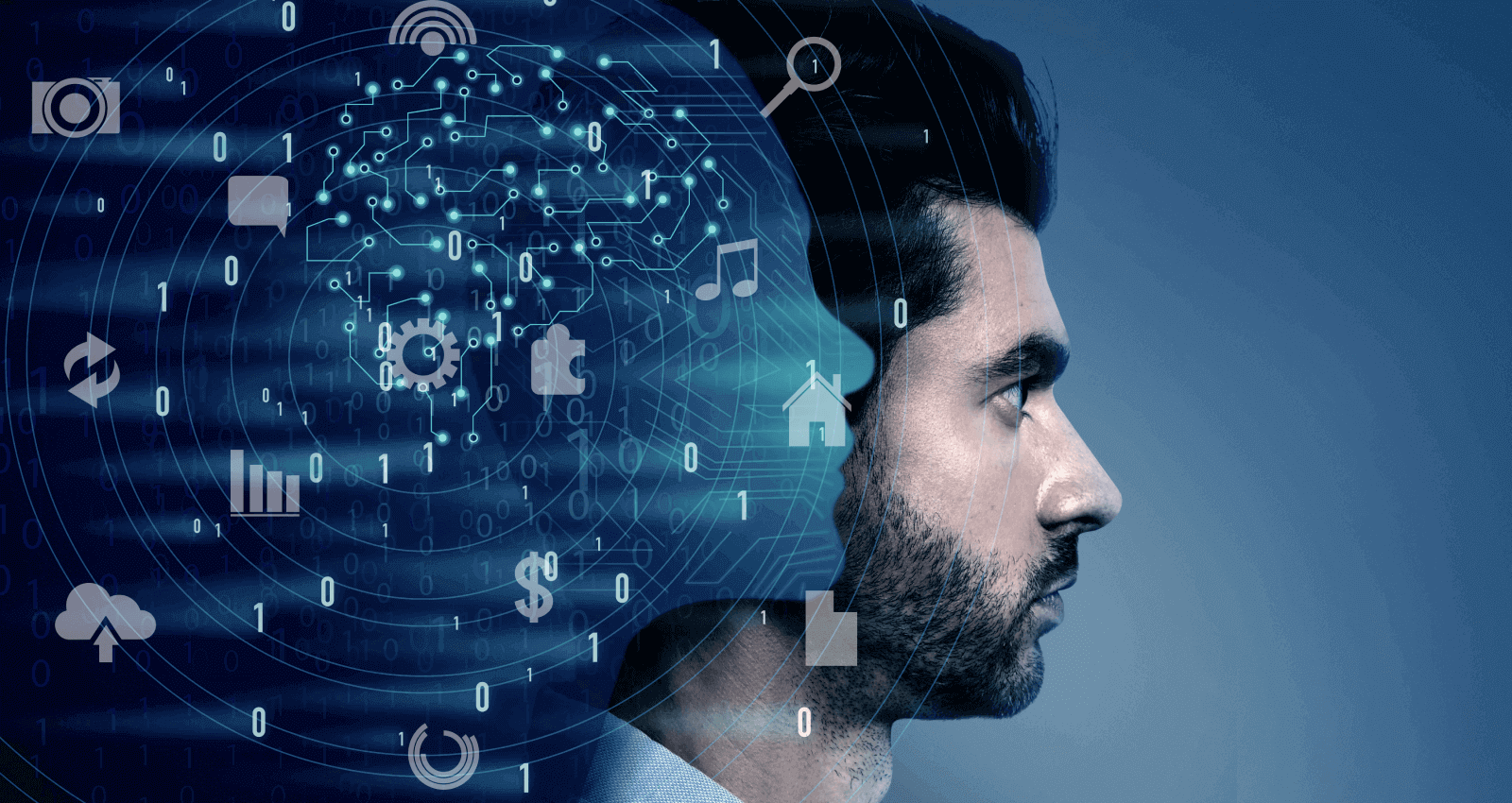
“A year Spent in Artificial Intelligence is enough to make one believe in God”
~ Alar Perlis
We are continuously working with new technology and we know the importance of artificial intelligence and are also leveraging the way to do business and evolving the IT sector.
Here is the complete research that shows how artificial intelligence is emerging business these days and how it is changing the future technology
What is Artificial Intelligence?
Artificial intelligence (AI), often widely used in machine intelligence, is an area of computer science that aims at developing and new technologies and business that can learn to make decisions and carry out activities independently on behalf of humans.
Types of Artificial intelligence
Reactive Machines
The computer perceives the world directly and acts on what it sees in this sort of intelligence. It does not rely on an internalized worldview. Rodney Brooks, an AI researcher, claimed in a seminal work that we should only design robots like this. People aren’t particularly adept at designing accurate simulated environments for computers to use, which is referred to as a “representation” of the world in AI studies.
Current intelligent machines either have no such concept of the universe or have one that is relatively limited and customized for their specific tasks.
Limited Memory
Machines in this Type II category can look back in time. Self-driving cars already perform some of this. For example, they keep track of the speed and direction of other vehicles. This isn’t something that can be accomplished in a single moment, but rather needs identifying certain items and tracking them over time.
These observations are uploaded to the self-driving cars’ preprogrammed world representations, which contain lane markers, traffic signals, and other critical aspects such as road curves. They’re used when the car chooses whether to switch lanes in order to prevent cutting off another motorist or getting hit by a passing vehicle.
Theory of Mind
We could stop right here and label this the critical dividing line between the machines we have now and the machines we will construct in the future. However, it is preferable to be more explicit when discussing the types of representations machines must produce and the content of those representations.
The next, more complex, class of machines create representations not only of the world, but also of other agents or things in it. The concept that individuals, creatures, and things in the world can have thoughts and emotions that affect their own behavior is known as “theory of mind” in psychology.
Self-Awareness
Building systems that can construct representations about themselves is the final phase in AI development. We AI researchers will eventually have to not just comprehend consciousness, but also construct robots that have it.
This is, in some ways, an extension of Type III artificial intelligences’ “theory of mind.” For a reason, consciousness is also known as “self-awareness.” (“I desire that item” is not the same as “I know I want that item,” for example.) Conscious beings are aware of themselves, are aware of their internal states, and can foresee others’ feelings. Because we feel the same way when we honk at others, we presume someone honking behind us in traffic is angry or irritated. We couldn’t make those kinds of deductions without a theory of mind.
While we are certainly a long way from building self-aware computers, we should concentrate our efforts on understanding memory, learning, and the ability to make judgments based on previous experiences. This is a crucial step in comprehending human intelligence on its own. And it’s critical if we want to create or build machines that are better than average at classifying what they observe.
Real application of Artificial Intelligence in IT industry
Voice Recognition
Voice Recognition is a capability that employs natural language processing (NLP) to convert human speech into a written format. It is also known as automatic speech recognition (ASR), computer speech recognition, or speech-to-text. Many mobile devices have speech recognition built in to conduct voice searches (e.g., Siri) or to improve messaging accessibility.
Customer service
Throughout the customer journey, online chatbots are replacing human workers. They provide personalized advice, cross-selling products, and suggesting sizes for users, changing the way we think about customer engagement across websites and social media platforms. They answer frequently asked questions (FAQs) around topics like shipping, or provide personalized advice, cross-selling products, or suggesting sizes for users, changing the way we think about customer engagement across websites and social media platforms. Message bots on e-commerce sites with virtual agents, messaging apps like Slack and Facebook Messenger, and duties typically performed by virtual assistants and voice assistants are all examples.
Computer vision
Computer vision is an AI technique that allows computers and systems to extract useful information from digital photos, videos, and other visual inputs and take action based on that knowledge. It differs from picture recognition jobs in that it can make recommendations. Computer vision has applications in photo tagging on social media, radiological imaging in healthcare, and self-driving cars in the automotive sector, all of which are powered by convolutional neural networks.
Recommendation Engines
AI algorithms can assist find data trends that can be leveraged to generate more effective cross-selling strategies by using historical consumption behavior data. This is utilized by online businesses to give relevant add-on recommendations to customers throughout the checkout process.
Automated stock trading
AI-driven high-frequency trading platforms, designed to optimize stock portfolios, make hundreds or even millions of deals every day without human interaction.
